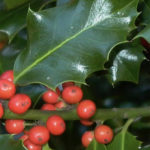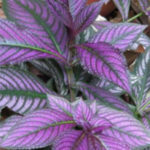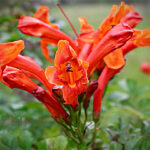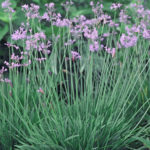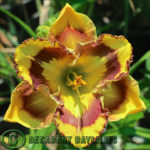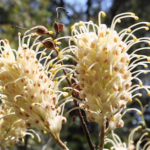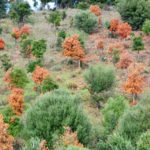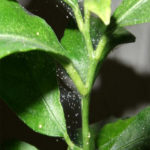
How Trees Become Deciduous in Autumn?
How Trees Become Deciduous in Autumn?
Autumn is such a delightful and spectacular time of the year. The leaves are bright, splendid and conspicuous. Their colours arestimulating to the sense of sight. One of the many things to enjoy during autumn in Australia is noticing the deciduous trees change colour as their sugars turn out to be confined in the veins of the leaves. Trees become deciduous in autumn and this lets their leaves fall to the ground every autumn where the colour of the leaves are influenced by nature. Leaves are known to change colour during autumn as this is mirrored in trees having orange, purple, yellow and red leaves.
Why Do Leaves Change Colour in Autumn?
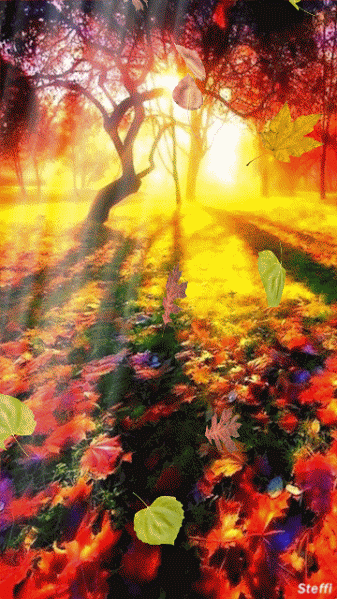
The colour changing in the leaves are affected with natural factors such as water and moisture, sunlight, temperature and latitude depending on the location. The rotation of the earth and the relative location between the earth and the sun, play a huge role on how deciduous trees give an effect in the four seasons. Deciduous trees are trees that usually shed off their leaves in the drier part of the year and bear new fresh leaves in the summer, gardeners refer these trees as hardwoods. This natural procedure mainly is done by the trees in order to preserve water for other significant physiological purposes. Trees that bear leaves all year round are known as annual or evergreen trees.
As the earth rotates, all the four seasons are created, and all the deciduous trees play a huge part in all these four seasons. In spring, the long period with warm weather of temperate sunshine and a gentle breeze offers an excellent source for growth of the plant. This is the time the trees take advantage of every minute to put forth buds and produce new leaves. In summer, photosynthesis takes place in full as the broad leaves prosper in changing the energy of the sun to organic matters where some are used for daily use and the rest is preserved in case of a crisis. This is the time the colours of the leaves are darker reflecting the freshness and robustness of life in the trees.
Contrary to the spring, in autumn days are comparatively shorter and the weather has a tendency to be cooler. The plants turn into an impressive colourful fairyland where all the leaves seem to be dyed with dazzling reds, oranges and yellows overnight. Fact is, they have always been there in the leaves, but they are concealed by green chlorophyll and couldn’t shine through.
Why do Trees Become Deciduous in Autumn to Become Bare for Winter?
Winter is the season that comes after autumn where during autumn, the trees have to lose their leaves in order to avoid the water in the leaves from freezing and getting through the tough winter. As summer ends and autumn comes, the days begin getting shorter and shorter. In this process, these trees begin getting ready for winter dormancy.
The green chlorophyll starts vanishing from the leaves since during winter there is not enough food for the trees which are light and water for photosynthesis. The food that the trees stored during summer is what the trees will live off as the trees begin to rest by starting to close down their food making factories. The green fades away, as other all along hidden colours start to emerge, leading to the drying and falling of the leaves, as the trees are ready to face the harsh winter.
Some beautiful deciduous trees that are available in Australia that give off beautiful autumn leaves are claret ash, willows, birch trees, fruit trees, crabapples, maple trees, elms, cherries, dogwoods, magnolias, these trees also provide us lovely shade in the summer.



